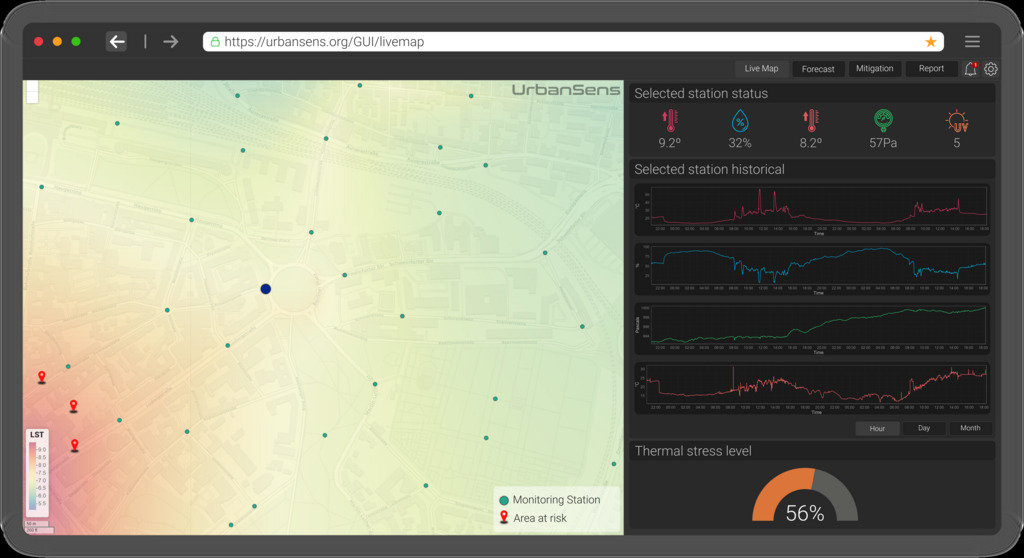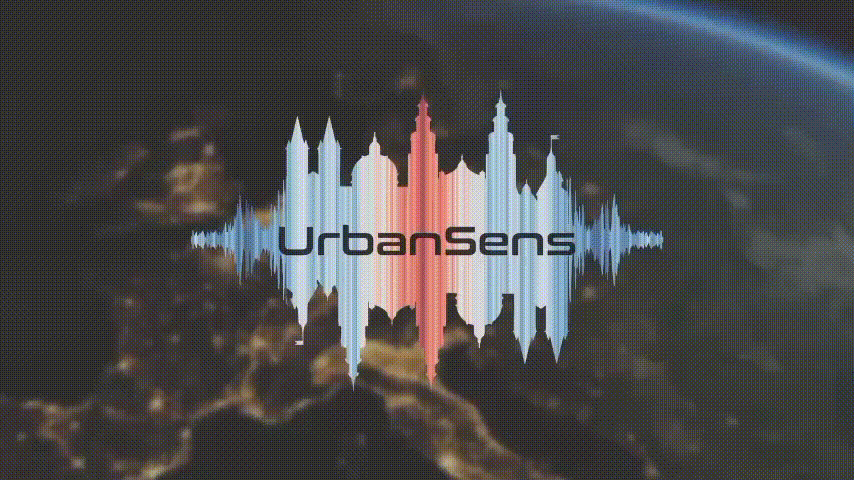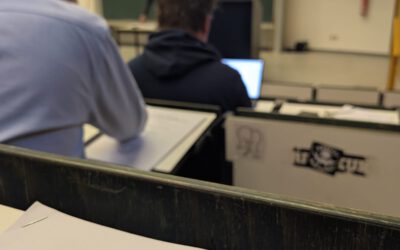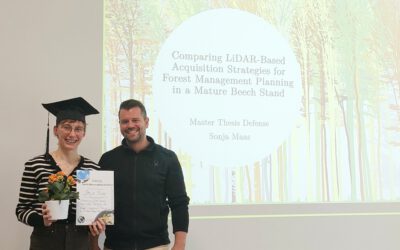We are very honored that our EAGLE students Sofia Garcia, Annika Ludwig, Nils Karges, Andreas Bury and Antonio Castaneda won the DLR Copernicus challenge with their UrbanSens idea of mapping urban heat islands with multiple sensors in combination with Earth Observation technologies.
Their UrbanSens project developed static and mobile “low-cost” IOT (Internet Of Things) sensors for data acquisition on environmental parameters. The main aim is to build up sensor networks in urban areas in order to retrieve reliable in-situ measurements and ensure the near-real-time data communication. In a next step this data is linked to Earth Observation Data to get a deeper insights in urban areas with street-level information of environmental parameters like temperature for decision-makers and citizens. read more at www.urbansens.org









